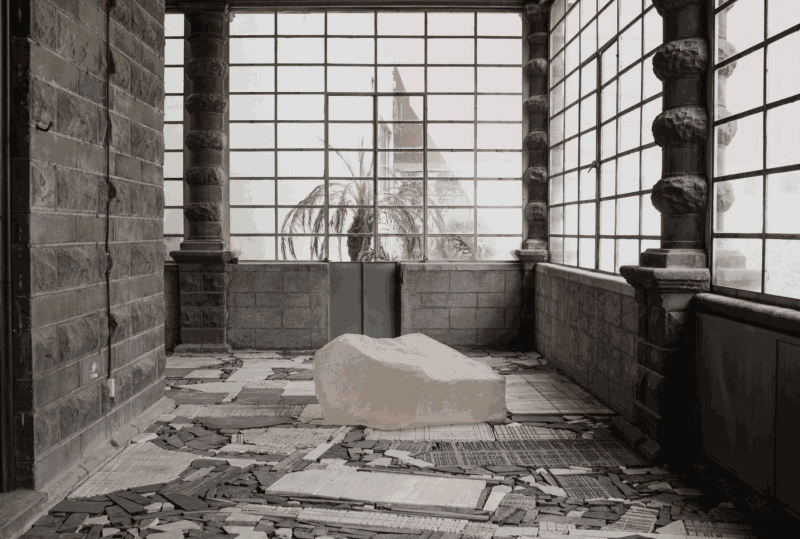Perla Krauze: Upcoming: Artist in residence
Perla Krauze (Mexico City, 1953) is a Mexican artist working with various materials and media. Her work deals with time, memory, nature and dualities. Issues as materiality in an object expressing the ephemeral and the permanent, the archaeological, collections and cabinets, relationships between objects in space and lately habitable sculptures and installations within space, working with discarded materials, fragments of
stones, or lead and water. Interested in the contemplative, the silent, the overlooked and how to make it somehow visible.
Krauze works with various materials, stones, lead, resin, water, clay, aluminum. Stone became for her a fundamental strong material, with memory and endurability, still can be transformed and erode. The crosshatch patterns in her Imprint paintings derive from lines made by stone cutting, indicating the processes of transforming stone from raw material to functional or artistic object. Layered with abstract observations of nature, the paintings serve as grayscale tone poems. Sometimes she alters stones through painting or gilding; sometimes stones are replicated in other materials such as the resin “boulders.” They are arranged to create miniature landscapes, complete in themselves, but also referring to the land where they originated, in similar fashion to Smithson’s concept of a “Nonsite.”
Krauze’s work welcomes the discussion of the cities’ geography and petrology, through the use of a wide array of different materials, documenting particularly the El Pedregal area. This area of the city has a very particular topography within Mexico City that is both mythical and raw as it houses the oldest ruins of Cuicuilco and Copilco, where the Xitle volcano formed a territory of seas of cold lava. For instance, she uses graphite frottages from cut-out stones or pavements, paintings show abstract topographies and mappings and actual engraved volcanic rocks from El Pedregal area. Krauze’s paintings and sculptures relate also to architecture from the past century including the Museo Anahuacalli and Casa Prieto, the latter designed by Luis Barragan.

